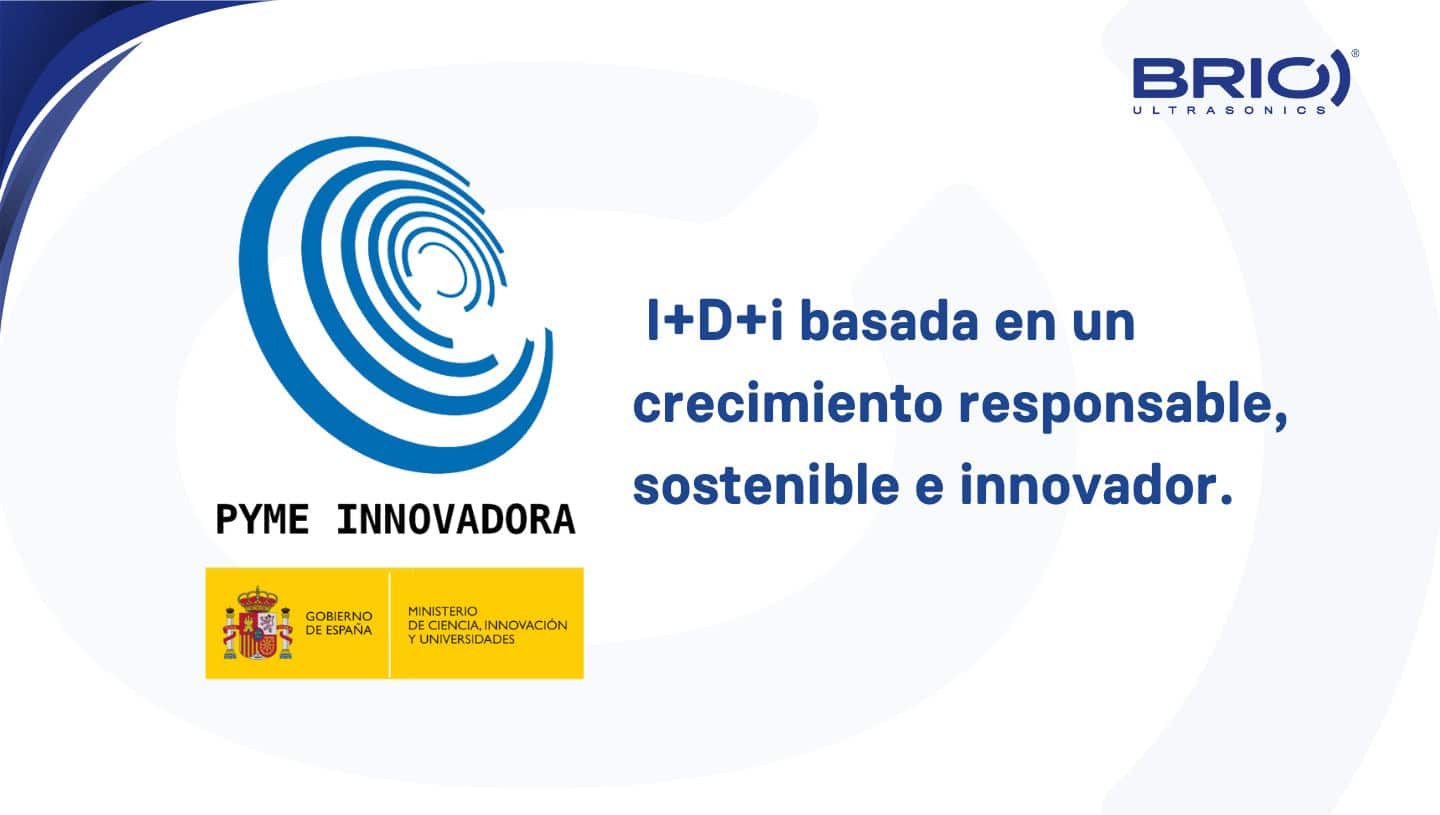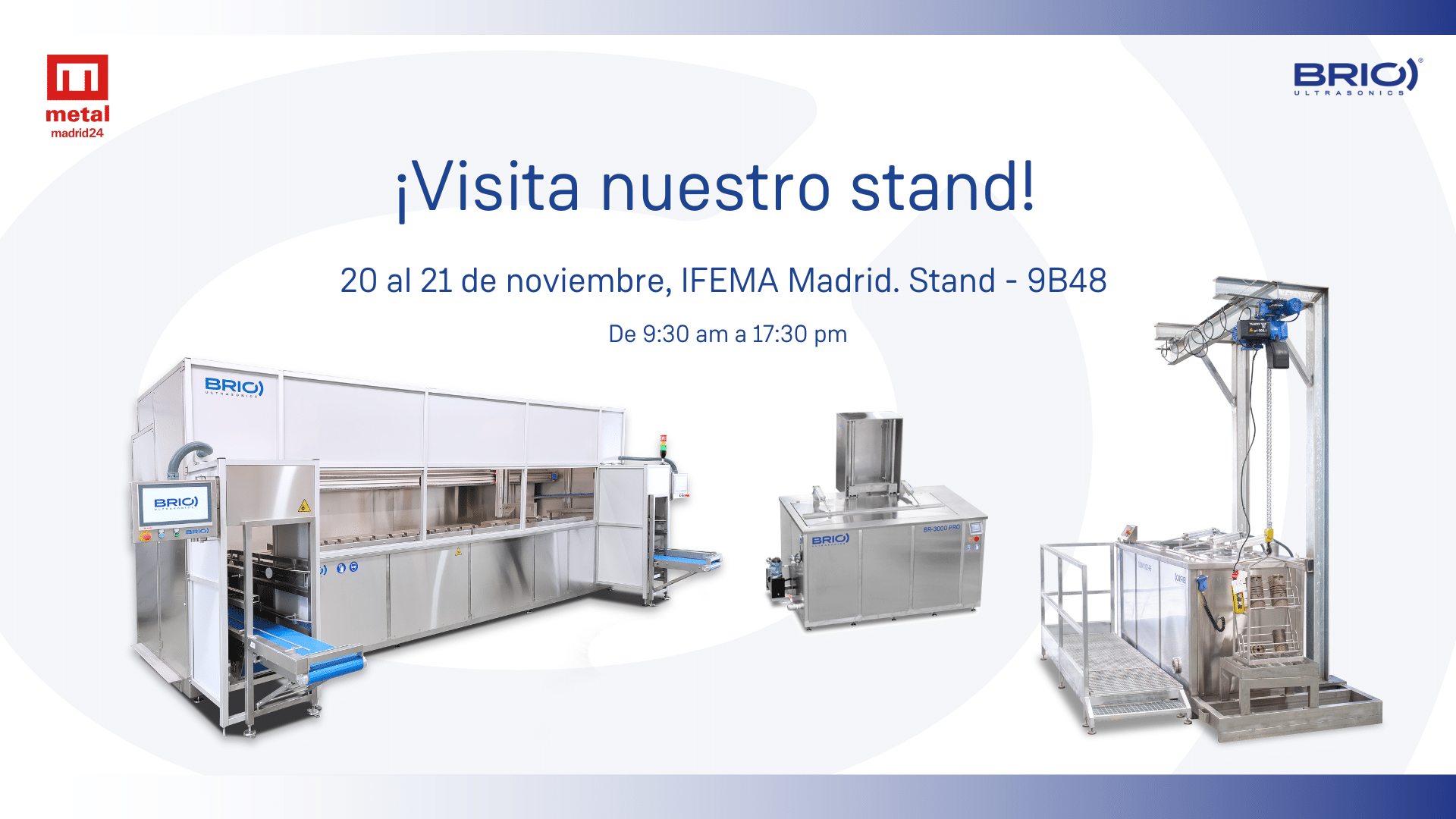Vibration transmission surface
Maximizing the vibration transmission surface in ultrasonic cleaning machines is one of the key factors to ensure effective and thorough cleaning of submerged objects. To understand this, we must first understand how these machines work and what role ultrasonic vibrations play in the cleaning process.
Ultrasonic cleaning machines use high-frequency sound waves, typically between 20 kHz and 400 kHz, to generate intense vibrations in a liquid medium (water or specialized cleaning solutions). These sound waves create thousands of microscopic bubbles in the liquid through a phenomenon called cavitation. When the bubbles implode near the surface of the submerged object, they generate tiny bursts of energy that dislodge dirt and other attached contaminants. However, for this process to work evenly and efficiently, it is critical that the vibration is transmitted across as much surface area as possible.
The importance of the vibration transmission surface
When the vibration transmission surface is wide and well distributed, the ultrasound waves spread evenly throughout the liquid. This ensures that cavitation bubbles are generated at all points in the solution, reaching all parts of the objects to be cleaned. Without an even distribution, some points on the object could be exposed to a lower cavitation intensity, resulting in uneven cleaning, with areas that may be left with residue. A larger transmission surface ensures that every corner, crevice or complex part of the object is exposed to the same cleaning conditions.
In ultrasound systems, energy must be transmitted efficiently from the transducers to the liquid medium and finally to the object. A large transmission surface optimizes energy transfer by minimizing losses caused by reflection or inefficient absorption of the waves. In contrast, a small or poorly designed surface could cause energy losses and reduce cleaning effectiveness, as well as requiring more power to achieve the same results.
Cavitation in machines is sensitive to variations in the intensity and frequency of ultrasonic vibrations. An appropriate vibration transmission surface allows the frequency to be kept constant and bubbles to be generated in a controlled manner. This is crucial because excessive or uncontrolled cavitation can damage the surfaces of sensitive objects. A typical example is electronic parts, which can be affected by the excessive force of bubbles imploding near their delicate components. An optimal transmission allows these effects to be better controlled, ensuring precise cleaning without compromising the integrity of the object.
BRIO - Your ally in ultrasonic cleaning for surfaces and parts
Maximizing the vibration transmission surface in ultrasonic cleaning machines is essential to ensure an efficient, uniform and safe cleaning process. This factor not only improves cavitation effectiveness, but also optimizes energy efficiency, protects equipment durability and enables the cleaning of a wider variety of objects with different geometries and materials. A larger transmission surface directly contributes to cleaning quality and precision, ensuring that objects are free of contaminants without compromising their integrity.









